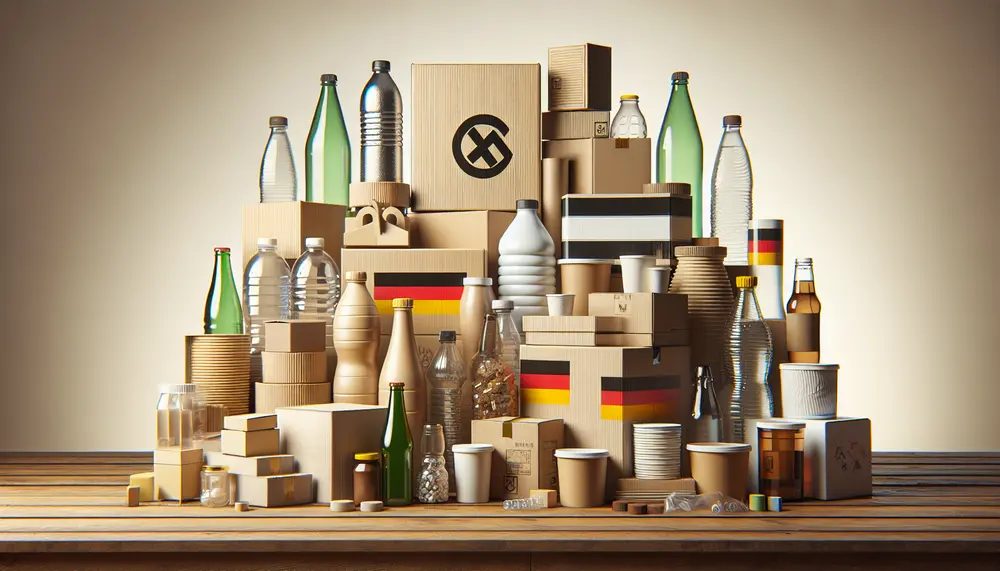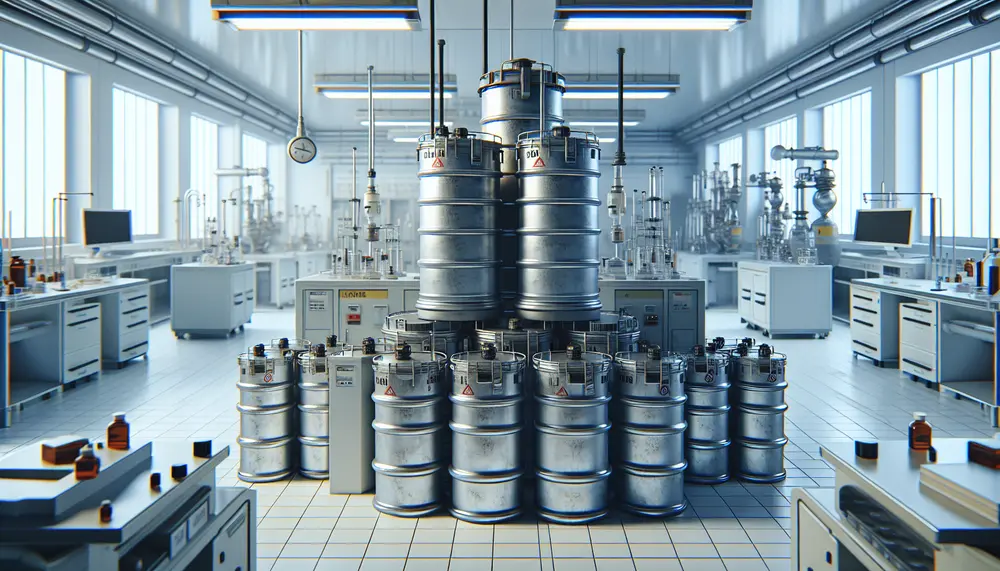Recyclable content
Recyclable content
Recyclable Content in Packaging
Recyclable content refers to the materials used in packaging that can be processed and reused to make new products. This is an important aspect of sustainable packaging, as it helps reduce waste and conserve resources.
Why Recyclable Content Matters
Using recyclable content in packaging has several benefits. It helps decrease the amount of waste that ends up in landfills. It also reduces the need for raw materials, which can save energy and reduce pollution.
Types of Recyclable Materials
Common recyclable materials used in packaging include paper, cardboard, glass, and certain plastics. Each of these materials can be collected, processed, and turned into new products, making them valuable in the recycling loop.
How to Identify Recyclable Content
Look for recycling symbols on packaging to identify recyclable content. These symbols often include a triangle made of arrows, indicating that the material can be recycled. Checking local recycling guidelines can also help you understand what materials are accepted in your area.
Benefits for Businesses
Businesses that use recyclable content in their packaging can improve their environmental footprint. This can also enhance their brand image, as consumers are increasingly looking for eco-friendly products. Additionally, using recyclable materials can sometimes reduce costs associated with waste disposal.
Conclusion
Incorporating recyclable content in packaging is a key step towards sustainability. It helps reduce waste, conserve resources, and can even benefit businesses. By choosing packaging with recyclable materials, we can all contribute to a healthier planet.
Blog Posts with the term: Recyclable content

The German Packaging Law (VerpackG) aims to reduce packaging waste by holding producers and distributors accountable for the recycling of their product packaging, with strict compliance enforced through registration and reporting via the LUCID portal. All businesses introducing packaged goods...

The European Union's packaging framework emphasizes environmental responsibility and sets quality and safety benchmarks for market-circulating packaging, requiring a life cycle approach from manufacturing to disposal/recycling. Businesses must understand these evolving standards to ensure compliance with the EU Packaging and...

Acids can damage packaging materials, leading to product and environmental harm; understanding their chemical interactions is vital for creating acid-resistant solutions. Acid-resistant packaging ensures safety, maintains quality, and meets regulatory standards by preventing leakage and contamination of acidic products....
